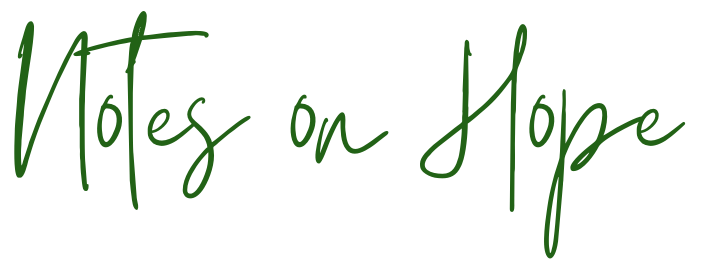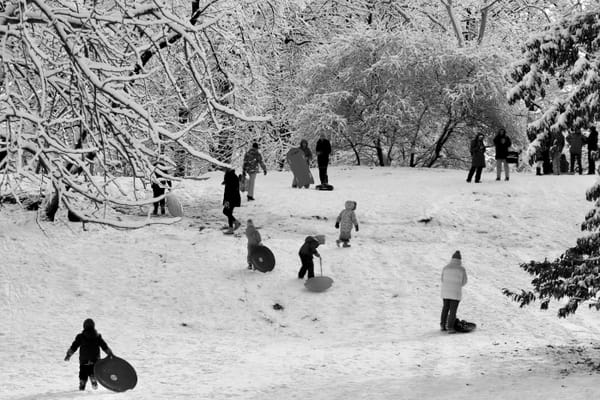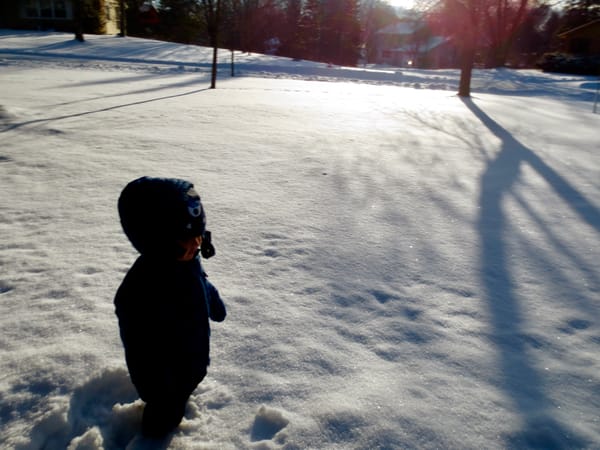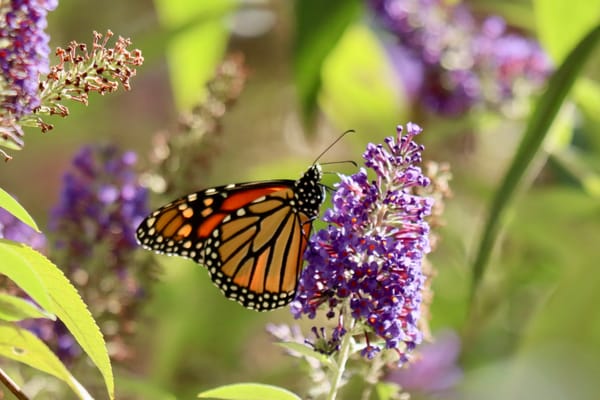Holding Ourselves Together
And learning to hold each other together instead
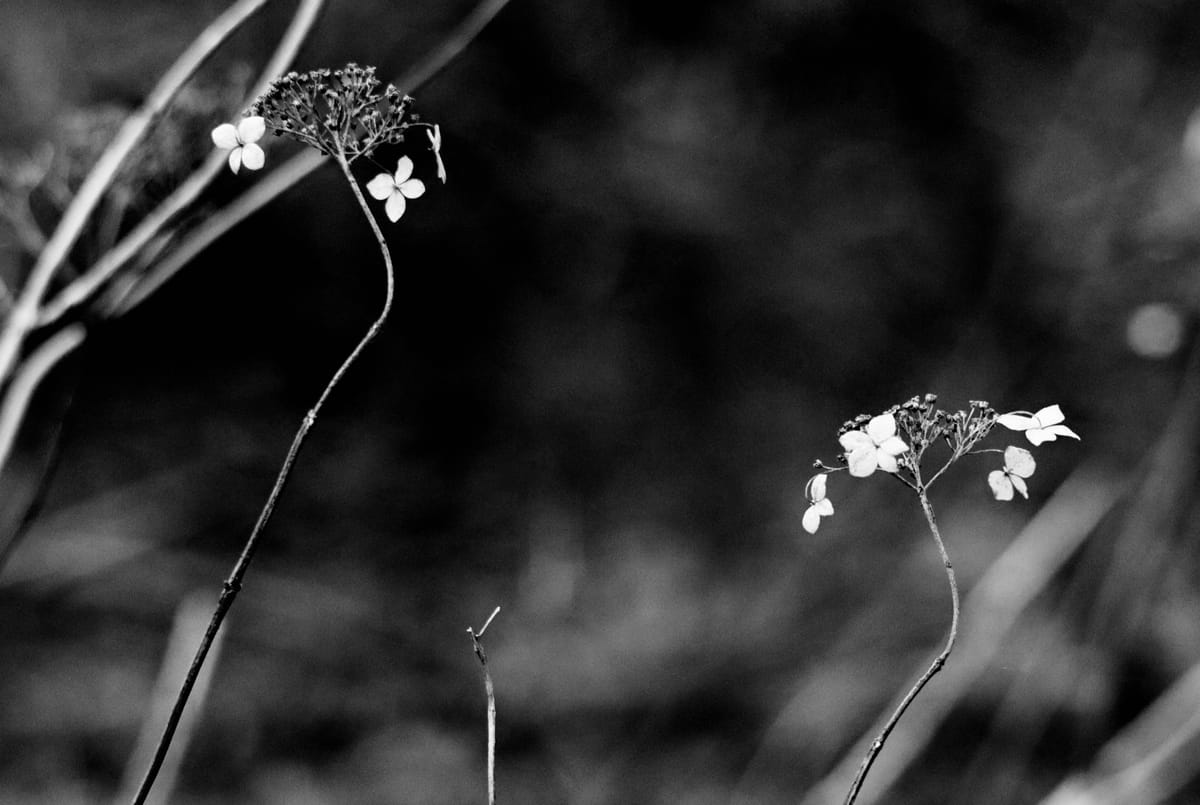
“This caretaking is our default mode and it’s always a lie that convinces us to act or believe otherwise. Always.”
~Ross Gay
A phrase I find myself repeating often when I meet with parents is, “all of us, really.” This phrase usually comes up when I’m in the middle of describing a common feeling or experience for children, and, as the words are coming out of my mouth, I find that what I’m describing sounds less like a feature of childhood and more like a feature of being human at any age. Sometimes I wonder if we attempt to contain the more fraught experiences in life within our mental model of childhood because we really do outgrow these experiences, or because it is easier to tell ourselves that being overwhelmed is a temporary, developmental phase. If these experiences are a function of childhood, then we don’t have to grapple with the discomfort of acknowledging the ongoing role that they play, as we strive to manage our, often overwhelming, adult lives.
Of course, a fundamental task of growing up is learning to tolerate distress and self-regulate. So, hopefully, we do get better at putting our feelings into perspective and managing our responses, rather than giving in to the meltdowns and tantrums that we associate with the volatility of childhood. But I’m not so sure that the actual emotional experiences change all that much, even as our capacity to regulate develops. And, while I wouldn’t advocate for an embrace of adult tantrums as the solution, I do sometimes wonder if, as we are stretched thinner and thinner, our constant need to draw on our self-regulation skills might begin to simmer and become something else.
There’s a term, coined by the teacher and therapist, Andrea Loewen Nair, to describe the fragility and emotional outbursts that children often experience at the end of their school day. She calls this phenomenon “restraint collapse.” In modern, Western society, children spend their days working very hard to meet adult expectations and comply with the routines and requirements of highly structured environments, from school to the soccer field and often on into the evening through hours of homework. Managing all this, along with the normal social demands of trying hard to be liked by their peers and teachers, requires a lot of work and, actually, quite a lot of regulation or “restraint” for the age group with the least experience and neurological capacity to hold it all together. As a result, by the time children get home from school, sometimes with more activities or work still ahead, their internal restraints reach a breaking point, and they fall apart in a scene familiar to most parents.
There is a lot worth questioning here about what we are asking of our children to make this phenomenon so common, because I’m not convinced that it is simply a feature of child development. Certainly learning to manage stress and big feelings are important tasks in the arc of growing up. But this particular phenomenon of days so draining that children routinely fall apart mid-way through strikes me as a signal that we have created an experience of childhood that children’s brains and bodies are simply not meant to withstand.
But, in addition to this wondering about the state of childhood, I find myself coming back to the phrase I often repeat when talking about children—all of us, really. Because this experience of restraint collapse does not seem to be one that is specific to children. As with most feelings, children usually exhibit their distress more dramatically than adults. But isn’t the fundamental experience a familiar one? Doesn’t the description of having a capacity limit that is stretched beyond our ability to function well sound awfully familiar in our own adult lives? Perhaps the question we should be asking isn’t simply, what have we done to childhood to make it so taxing, but what have we done, more broadly, to make getting through the day so hard for so many of us?
The answer here isn’t simple. As Pew reported in 2023, increases in youth mental health risks, rates of severe mental illness, and substance abuse are all indicators of a boiling point, not just for young people but for all of us. Most recently, the Surgeon General issued an advisory about the elevated levels of extreme stress among parents. This is rooted in both fundamental changes to the way we approach parenting and in the often financially and emotionally overwhelming demands of the “sandwich generation,” caring for children and parents at the same time. And, of course, there are the larger, cultural stresses we swim in each day, too, as many aspects of our world seem on the brink, from the climate to our functional democratic institutions.
(This might be a good point to mention that sighing may actually be the body's way of rapidly calming itself and reducing stress. In case that last paragraph led you to feel an overpowering need to take a deep breath, go ahead and do that now!)
I list these factors not to activate an experience of restraint collapse as you read, but rather to make clear that the causes aren’t simple, so the solutions can’t be either. Often, when these issues of stress and overwhelm among adults are highlighted, the reflexive answer is a familiar mantra of “self-care.” And, sure—deep breathing, getting enough exercise, taking breaks—these are all helpful management tools. But they are just that, tools that help us manage. They don’t address the underlying issues. And the extent to which we (and our consumer driven market) reflexively emphasize the importance of self-care also runs the risk of excusing us from real solutions by shifting the burden from the communal and structural to the individual. When self-care is our go-to response to widespread restraint collapse, we are effectively answering social problems by saying, “take care of yourself, because you are, in fact, on your own.”

This ties back in an important way to the historical roots of the concept of self-care, which originated in a deep awareness of structures that fail to care for the full diversity of people. This failure created a necessity, for those at the margins and working toward collective change, to actively care for themselves in order to sustain the labor of improving the collective good. Audre Lorde described self-care as a radical political act. She said, “Caring for myself is not self-indulgence, it is self-preservation, and that is an act of political warfare.”
But we have since flipped this notion of self-care on its head by transforming it into a commodified goal, signifying a state of relaxation and, often, privilege, rather than a necessary act of self-preservation within broken communal structures. Situating self-care in this context is a reminder that, while often essential, real self-care is also an indicator that we are in survival mode. The goal of highlighting self-care was always supposed to be the creation of a society that does a better job of caring for everyone, instead of leaving those whom society typically cares for the least to assert their humanity and their worthiness of care by doing it all on their own.
Rather than broadening structural care to include everyone, we seem to have led ourselves to a place where survival mode is the norm, and where the default expectation is that we all feel responsible for managing our own survival. This isn’t good for any of us, and it leaves those who were already stretched the thinnest with even fewer resources for real support.
This mindset inevitably leads to our own adult version of restraint collapse. And restraint collapse in adults can be more dangerous than the version experienced by children, because we don’t always recognize this collapse for what it is. Instead of acknowledging that we are overwhelmed or in need of care, we look for others to blame or we blame ourselves. We can’t allow ourselves to simply overflow as children do, because people depend on us to hold ourselves together. So our stress and overwhelm seep into the soil instead, as we respond to others and make decisions from a place of exhaustion, exasperation, or resentment, rather than from a place of communal strength and belonging.
I wonder if some of what is often labeled as deep division in our culture is actually a symptom of broad adult restraint collapse and the corresponding isolation that comes when we are told, again and again, to just do a better job of taking care of ourselves. After all, the natural extension of being told you are on your own is to look out only for yourself. By contrast, the natural extension of sharing our burdens is, not only to feel lighter ourselves, but to seek to help shoulder the load of those around us.
Ok. Now, let’s get back to the kids, because, as much as the news is filled with examples that can make a shift toward collective support seem improbable, there are hopeful indicators in our rising generations.
The mental health crisis among young people is deeply concerning, but we are also seeing a mindset shift in generational values. Many teens and young adults are no longer willing to strive to the point of exhaustion. They’ve seen and experienced the impact of that mentality, and they are increasingly prioritizing both individual and collective wellbeing over the burnout, competition, and hoarding that are signatures of structures and attitudes that position everyone for themselves alone.
As the researcher, Roberta Katz, who has studied Gen Z extensively, notes, they are a generation that values collaboration, consensus, trust, and authenticity. They care about mental health, and they not only want the world to be better, they expect that we will all work to make a better future a reality. Katz says,
“Gen Zers not only expect change—they demand it. They are inheriting a set of complex problems—from climate change to inequality to racial injustice, to name but a few—and want to fix it.”
They are also the most racially and sexually diverse generation and the most well educated. Gen Z has come of age during a time of rapid change and crisis. While it is essential for us to invest resources in helping them manage new challenges such as those posed by social media and heal from the impact of crises like the pandemic, their experiences have also made them flexible and pragmatic—traits young people, and particularly this generation, are often not given credit for. As Katz describes,
“For quite a while, people were critical of what they saw as a generation that was too coddled and ‘soft.’ Gen Zers were called ‘snowflakes’ and ‘unwilling to grow up.’ But much of that negative judgment came from a misunderstanding of what it is like to grow up in today’s world when compared with how their elders grew up.”
No generation is monolithic, of course, but they have seen us strive, compete, do harm, and collapse under the strain of systems and priorities that don’t value balance, wellbeing, or community. It’s no wonder they want something different and better.
We know that young children don’t get through their meltdowns because we leave them alone or send them to their rooms to care of themselves. They recover from moments of overwhelm because we do things for and with them. We hug them, we get a snack, we take a break together. Our teens and young adults are showing us that, just as a feeling of being overwhelmed is not exclusive to childhood, the care for collective wellbeing that we show our children can also be something we weave into our culture more widely. Let’s stretch these habits and expectations to encompass everyone—to advocate for the systemic changes that leave fewer people behind, with no choice but to care for themselves alone.
And when you feel your own restraints faltering, by all means take a deep breath, go for a walk, and do the things that help you reassert your own value and humanity. But look to one another, too. Work to create environments and communities where that is the norm. And advocate for the changes that make wellbeing and collective care accessible to everyone.
Wishing you deep breaths and the embrace of community,
Alicia
If you think someone else in your life might enjoy reading Notes on Hope, please share. It’s always easier to hold onto hope when we’re not doing it alone.
